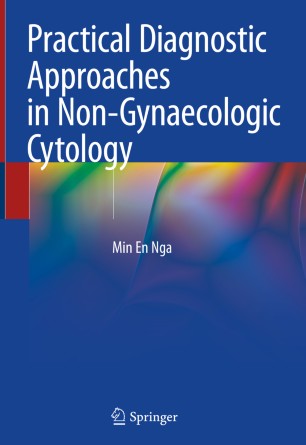

Most ebook files are in PDF format, so you can easily read them using various software such as Foxit Reader or directly on the Google Chrome browser.
Some ebook files are released by publishers in other formats such as .awz, .mobi, .epub, .fb2, etc. You may need to install specific software to read these formats on mobile/PC, such as Calibre.
Please read the tutorial at this link: https://ebookbell.com/faq
We offer FREE conversion to the popular formats you request; however, this may take some time. Therefore, right after payment, please email us, and we will try to provide the service as quickly as possible.
For some exceptional file formats or broken links (if any), please refrain from opening any disputes. Instead, email us first, and we will try to assist within a maximum of 6 hours.
EbookBell Team

0.0
0 reviewsThis book presents rational diagnostic approaches to common areas of cytopathology, such as thyroid, lymph node and effusion cytology. It discusses differential diagnoses for each site, and describes a systematic approach to narrow down differential diagnoses in a logical manner based on cytomorphology and the judicious application of ancillary tests. Further, it introduces discriminatory panels of immunohistochemical tests, with an emphasis on patient-centred approaches with active clinicopathologic correlations. In addition, it provides practical recommendations for optimizing tissue triage for ancillary testing, in terms of both diagnostic and therapy-related testing. The book also includes sample diagnostic reports to help readers formulate appropriate comments and to aid clinicians in specific clinical scenarios, as well as test cases for readers to apply their diagnostic and specimen triage algorithms.
The book equips readers to apply logical approaches to sound cytopathology reporting in daily clinical practice, guiding them through specimen collection and triage to diagnostic workup based on morphologic and clinical features, and writing rational and clinically useful diagnostic cytology reports with a focus on clinicopathologic correlation. As such it is relevant for practising cytopathologists and pathology trainees as well as for cytologists (cytotechnologists) and other clinicians involved in cytopathology diagnostic processes.